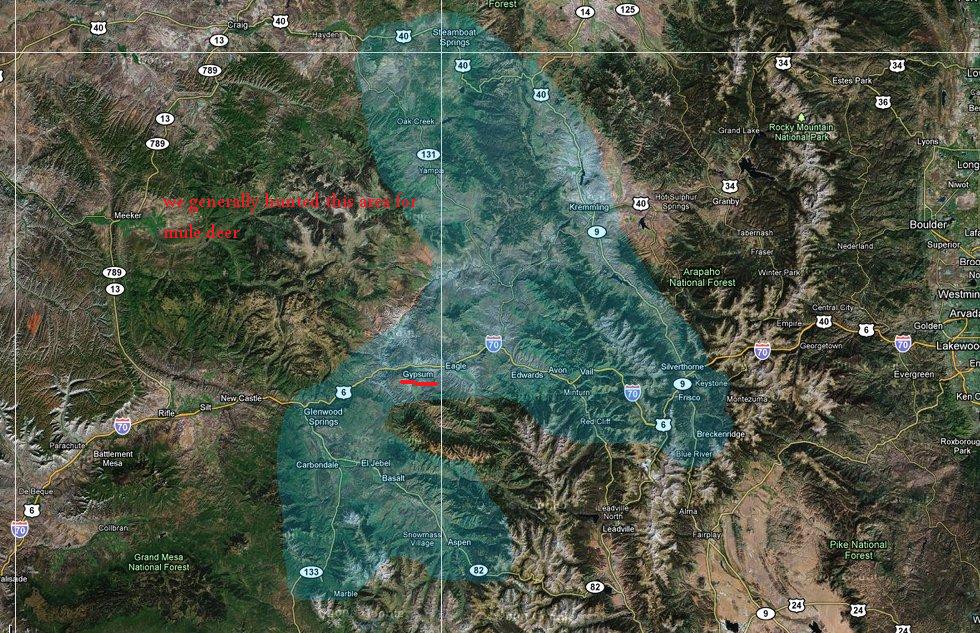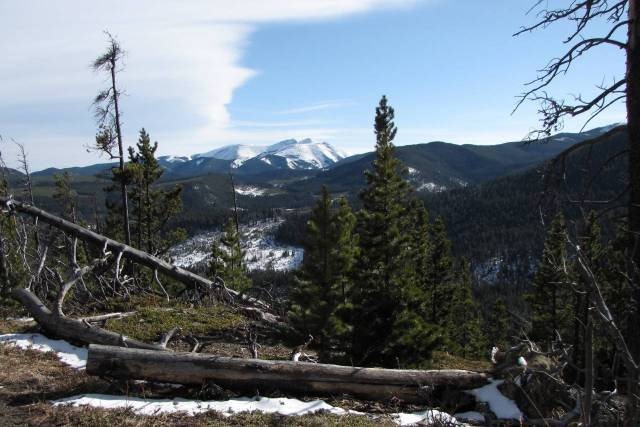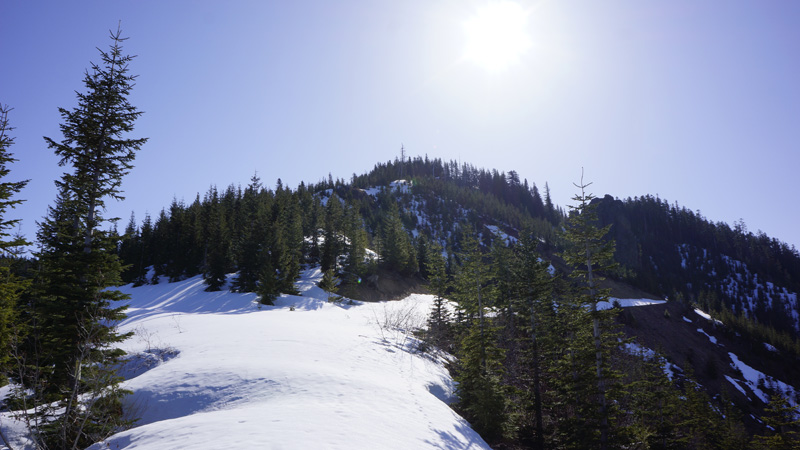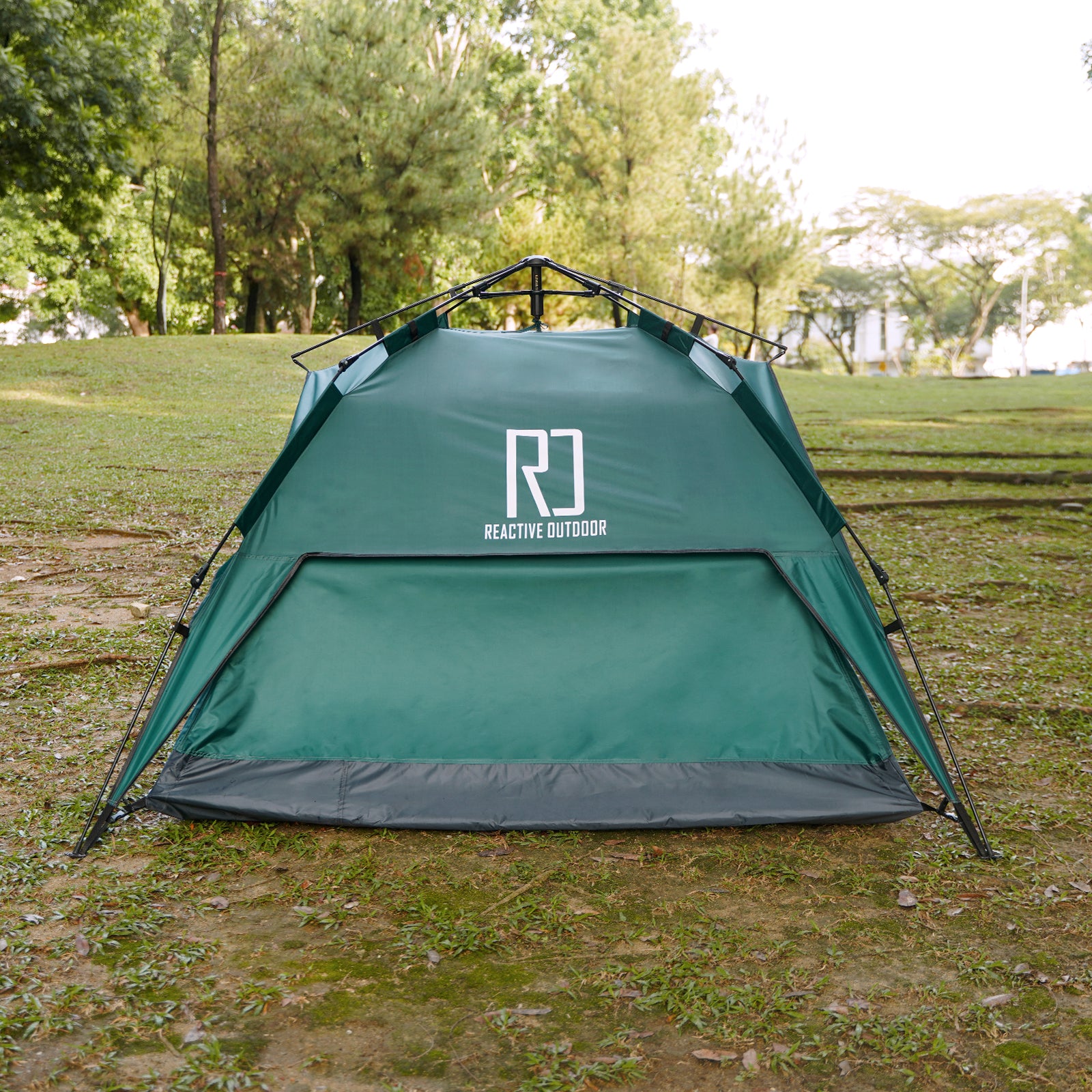Choose the Right Backcountry Tent
by Rick Bin
SO, YOU'RE READY for a real tent. Not a club-store seventy-dollar special, but an honest-to-goodness your-life-may-depend-on-it collection of ripstop and no-see-um. What features should you look for? How much should you spend? What should you avoid?
Making the right choice in a backcountry tent requires an honest consideration of its intended use (including potential worst-case scenarios), budget, and plain old-fashioned horse sense. The choices can seem endless, but in the end, the perfect tent for you is out there. You just need to find it. So read on. Your research starts right here.
For starters, we are not talking here about budget or mid-level tents designed for low-impact family excursions to the local lake, or to provide shade at a city-park barbeque. What we're considering here are tents intended to be used as the primary means of shelter in a wilderness or semi-wilderness setting, possibly for days on end.
They are two different animals, and if you've been relying on the Thrift-o-mart version for serious backcountry excursions, let me mildly suggest that you're a few bricks shy of a full load!
In addition, keep in mind that even the sturdiest of tents are constructed of nothing more than fancy sticks and fabrics, easily rendered unusable by a variety of factors, including wild animals, pilot error (ripstop melts really fast!), severe weather, and wear and tear, among other things. It goes without saying that proper backcountry survival skills are a must before venturing far from civilization.
That stated, by far the biggest factors to consider in the choice of a backcountry tent are the time and place in which you intend to use it. Many folks have the budget and inclination to purchase several tents, each for different uses, and that's probably the best course if your outdoor activities are varied enough, and if your budget allows. For most, however, one good tent to cover a variety of situations is what's on the menu. This means your one tent must be a good one!
Which leads us to crucial question number one: Will your tent see winter use?
Here's where some good old-fashioned horse sense comes into play. Winter doesn't just mean December 21 through March 20. If you plan on October elk hunts in the Rockies, you better believe your tent will see winter-like conditions, calendar notwithstanding. Similarly, camping at just about any season in the Pacific Northwest means rain, rain, and more rain. In both cases, a four-season or convertible tent gets the nod (we'll delve into what each designation means shortly).
By contrast, a Sonora-desert January is chilly at night, but absent the rare thunderstorm or sandstorm, you're not likely to see extreme winds, nor will heavy snow loads be a factor. For this type of use, a three-season tent is all you need, even in the dead of winter.
Now, before you decide that if three-season is good, four-season must be better, let's take a look at some general features of each type and the trade-offs involved in choosing one over the other.
Three-season tents are just what the name implies — reliable three seasons out of the year. They are typically of less robust construction, employing fewer and smaller-diameter poles (usually two or three), fewer guy-out points, and lots of no-see-um netting. As a result, they are significantly lighter, more compact, and as a rule offer much more ventilation than four-season tents. All of these qualities shine during the milder months, when Mother Nature smiles upon the Earth.
The trade-offs come into play in harsher weather, when stronger winds, rain, and snow demand sturdy construction and multiple guy-outs, and extra ventilation is not so desirable. To wit, a backcountry snowstorm is no place for a lightweight, highly ventilated three-season tent.
Also, be aware that the relative spectrum of these qualities varies widely among manufacturers, even within the three-season class. For a tent that will see true backcountry use, even only three-season use, erring on the side of sturdiness at the expense of a few ounces is the wisest course.
Four-season tents, on the other hand, are much more capable of withstanding harsh weather. Most employ at least four relatively large-diameter poles; some use seven or more. Numerous guy-out points let you cinch things down further, and internal-guy systems are a boon when things get really nasty. In addition, four-season tents tend to have lower profiles to buck the wind better, and usually feature larger, sometimes pole-supported vestibules to handle your winter gear. No-see-um netting is often scarce or nonexistent.
The trade-offs are that more and thicker poles, extra fabric, and larger dimensions equate to more weight and bulk. Moreover, the lack of no-see-um netting results in reduced ventilation, a real issue in milder weather. Full-on four-season tents are often overkill for anything less than genuine winter conditions, resulting in overly heavy packs, more involved pitches, and lots of internal moisture in less demanding weather.
Bridging the gap between three- and four-season tents are the convertible tents, so called because they can be "converted" for use in varying conditions. Convertible means different things to different manufacturers, but generally convertible tents can be compared to sturdily built three-season tents, usually having three relatively large-diameter poles. Some convertibles are capable of being pitched minus various pole sections, meaning a lighter pack and a less sturdy tent in three-season mode. To augment strength, most convertibles feature internal-guy systems and numerous external guy-out loops, allowing you to stiffen things up considerably if the weather gets hairy.
A singularly attractive feature of convertible tents is the adjustable ventilation system. Most convertibles have large no-see-um panels along the roof and doors, like three-season tents. Unlike three-season's however, the no-see-um is double-layered with zippered ripstop panels. In four-season mode, the ripstop panels remain zipped closed. In milder weather, the panels are zipped open to whatever degree conditions warrant, providing the optimum degree of ventilation. While this feature adds some ounces to the tent, it also adds so much versatility in terms of ventilation that there can be no doubt of its worth.
Truth be told, a well constructed and properly pitched and guyed convertible is plenty sturdy for virtually all winter use, and provides lots of advantages in milder weather. You won't want one if you're planning on summiting Everest, but in the one-tent-does-all category, a convertible is hard to beat.
This brings up critical question number two: How big a tent should you buy?
Be careful here. Manufacturers are quite liberal with their size designations. A "three-man" tent generally means that three medium-sized people can squeeze in and sleep shoulder to shoulder. Looked at another way, a tent which allocates 15 square feet to each occupant is generous by industry standards. Now consider that 15 square feet equate to a space 2 feet wide by 7 feet long with one square foot to spare. That doesn't leave a lot of room for toiletries and a magazine, much less any squirming around. A good rule of thumb is to buy a tent one man larger than you expect to need, especially if winter camping is in the plans. Even then, you'll learn to choose your tentmates carefully.
Also, be careful about relying on square footage alone. For one thing, the shape of the floor affects how much of that square footage is actually usable. Rectangular floors make the most efficient use of space, while hexagonal or octagonal floors, commonly seen in geodesic or dome tents, cut down on sleeping space while leaving lots of useless corners (unless you like scattered gear).
Finally, wall shape and angle also affect comfort levels. Steep walls increase interior volume and overall livability, but also result in a less aerodynamic profile and thus a less sturdy tent. Similarly, tall interior peak heights are nice but generally detract from overall stormworthiness.
Which leads us back to some horse-sense issues: What are the must-haves, and what can you do without?
For sure, get a tent with aluminum poles. Aluminum is stronger, lighter, slimmer, and more durable than old-fashioned fiberglass poles. For these reasons, virtually all good tents now employ anodized aluminum, usually Easton. Bottom line: If you're not looking at a tent that comes standard with aluminum poles, you're not looking at a true backcountry tent. Period.
Moving on, you'll do well to select a tent that employs clips rather than the more traditional sleeves to hold the poles. Sleeves tend to rip over time as roughened pole tips abrade the inner-sleeve fabric, the latter usually giving way just as night approaches at your new campsite and you're hurrying to get dinner started. As a result, a sleeved tent often requires two careful persons to pitch correctly and safely, especially as the tent gets older.
More importantly, sleeves create isolated pockets of air between the tent body and the fly. Since very little air circulates in these pockets, condensation is exacerbated. It has been claimed that sleeves make a tent sturdier. Whether this is true even initially is debatable, but there is no question that, over time, sleeves deteriorate relatively quickly, generally being one of the first areas to give out on a tent.
By contrast, clips make pitching a one-man breeze. Just anchor the pole tips in the tent loops, snap the clips to the poles, and presto. Just as important, clips allow air to circulate between the tent body and the fly virtually unimpeded. Finally, clips are stronger, often lighter, and much more durable. Go with clips.
Another must-have is a generous vestibule. While a few trash bags will protect a whole bunch of stuff from the elements, things like boots, a change of clothes, headlamps, toiletries and reading material, not to speak of pooch, belong at close quarters. A vestibule allows you to maximize your tent space while still keeping some essentials indoors where you need them.
Pole-supported vestibules add welcome volume, but also add extra weight. On four-season tents, a pole-supported vestibule makes sense to hold cold-weather gear. For three-seasons or convertibles, you might do just fine with a non-pole-supported vestibule (which are fully enclosed). Forget awnings (which are not).
A final must-have is a groundcloth, or footprint. Whether you use an army-surplus tarp or a factory footprint designed to your tent's specifications, you'll want to avoid an early grave for your investment by protecting the floor from abrasion. Make-do tarps are usually cheaper, but are also generally quite heavier and bulkier. Factory footprints are cut specifically for your tent's floor (an important detail, because tarps that extend beyond the floor edge collect rainwater and funnel it under your tent--tent floors should always overhang footprints by at least two inches!). They are usually lighter and more compact, and facilitate pitching by employing the proper hardware.
A most desirable feature on larger tents is two doors. Besides increasing ventilation, a back door is highly useful when Mother Nature calls. You won't want to crawl through lots of gear in the vestibule, nor over sleeping tentmates, to get out. In addition, when the weather is nasty, opening the lee-side door helps keep the inside of the tent dry.
Some of the best tent manufacturers now offer factory seam taping, which eliminates the need to silicone seal all of the rainfly seams on your new tent. Experience has shown that factory seam sealing is often superior to home sealing jobs. If your chosen tent comes with factory seam sealing, consider yourself a step ahead.
Beyond these, different manufacturers offer proprietary features with varying degrees of usefulness. Devices that lock pole intersections offer significantly increased tent strength while adding negligible weight. Hook-and-ladder clips to attach the rainfly to the tent body are handy and add strength. Reflective guy-out loops are unbelievably reassuring when you need to find camp in the dark. Interior "clotheslines" are a good place to hang soggy socks and gloves. Aftermarket stakes are a wise investment. Some manufacturers even offer deluxe features for the truly indulgent, like overhead gearlofts and hanging coffee mug holders.
In the end, make sure that you consider the type of use and the number of people the tent will need to handle. Factor in a sensible weight-versus-strength analysis, keeping in mind that Mother Nature has a funny way of getting wicked when you're least prepared. Then look for all of the non-negotiable features above. Expect to pay anywhere from $200.00 to $600.00 for a top-quality tent, and be skeptical of the too-good-to-be-true deal.
Remember. Your life may depend on it.







